How Difficult is Upper Dolpo Trek?
If you're planning an adventurous trek in Nepal, the Upper Dolpo Trek is likely on your radar. Known for its remote beauty and challenging terrain, it's a trek that offers stunning rewards but also demands a lot from its hikers.
But, how difficult is the Upper Dolpo Trek?
In this blog, we’ll explore the difficulty level of the Upper Dolpo Trek, providing a comprehensive look at what you can expect.
Overview of Upper Dolpo Trek
The Upper Dolpo Trek, located in the far-western region of Nepal, is a trekker's dream. At its highest points, it reaches altitudes of around 16,404 feet (5,000 meters). The trek often involves ascending to these high altitudes. It features stunning high-altitude landscapes, ancient Tibetan culture, and unique wildlife. This trek is not only about reaching your destination but also about experiencing the remote, untouched beauty of the Dolpo region.
This region is home to Shey Phoksundo National Park, where you can find many plants and animals, including rare ones like the snow leopard and blue sheep. You can expect to see and experience the beautiful high-altitude Phoksundo Lake, Shey Gompa, Bon practitioners (a unique ancient religion), Buddhist monasteries, breathtaking mountain views, Crystal Mountain, and exciting wildlife.
Visit: Shey Phokshundo Tea House Trek
How Long is Dolpo Trek?
Typically lasting between 28 days, the Upper Dolpo Trek covers a distance of 120 to 150 kilometers. This timeframe allows for acclimatization and exploration of the diverse landscapes and cultural sites along the way.
Weather and Temperature of Upper Dolpo
Weather conditions in Upper Dolpo can be quite variable. During the trekking season, expect daytime temperatures between 15°C and -10°C. Days are generally sunny, but temperatures can drop significantly at night, especially at higher elevations.
At lower elevations, temperatures might range from about 10°C to 20°C (50°F to 68°F) during the day. At higher altitudes, especially near passes like Numa La and Baga La, temperatures can drop significantly, often reaching -10°C to -20°C (14°F to -4°F) or lower, especially at night.
How Difficult is the Upper Dolpo Trek?
The Upper Dolpo Trek is considered a challenging trek with steep ascends. It is difficult during the monsoon season (June to September). Trekkers need to be physically and mentally prepared for this demanding trek, which is more complex than popular routes like the Annapurna Base Camp Trek or Everest Base Camp Trek. They should be ready to handle harsh weather conditions and high-altitude passes.
The question of how difficult the Upper Dolpo Trek is can be answered by examining the physical, mental, and altitude-related challenges you’ll encounter.
How high is the highest point of the trek?
The highest point of the Upper Dolpo Trek is the Kang La Pass, sitting at a daunting 5,360 meters (17,585 feet). Reaching such high altitudes can be a significant challenge and requires careful acclimatization to avoid altitude sickness.
What are the Main Challenges of the Upper Dolpo Trek?
1. Physical Challenges
The Upper Dolpo Trek is considered moderate to challenging. It involves long days of walking, often over rough and uneven terrain, and trekkers need to be in good physical condition to handle its demanding aspects.
You should be prepared to walk 5-8 hours daily and cover 10-15 km while gradually gaining altitude. To build the required fitness level, concentrate on increasing your strength, stamina, and cardiovascular endurance and doing extended hiking sessions for at least 8-12 weeks before the trek.
To improve cardiovascular fitness, vary your aerobic workouts with swimming, cycling, and running. Remember to concentrate on your core (planks, sit-ups) and leg muscles (squats, lunges) when wearing a backpack and climbing hills.
2. Mental Challenges
Mental endurance is just as important as physical fitness. Trekking in remote regions like Upper Dolpo requires a positive mindset and attitude to handle the isolation, unpredictable weather, and physical strain. A firm determination to face the trek's challenges and uncertainties will help you overcome difficulties and fully enjoy the journey.
3. Altitude Sickness
Altitude sickness is a significant concern on the Upper Dolpo Trek. The trek reaches altitudes of over 5,000 meters (16,404 feet), where oxygen levels are lower. Symptoms typically appear above 2500 meters (8202 feet), although minor issues such as breathing difficulties can begin as low as 2,000 meters.
Symptoms of altitude sickness include:
- - Headaches
- - Nausea
- - Dizziness
- - Breathing problems
- - Loss of appetite
- - Difficulty in sleeping
- - Being ill and feeling unwell
Proper acclimatization, including a gradual ascent and staying hydrated, is crucial to minimize the risk. Drink plenty of water, and avoid alcohol and smoking, as they can worsen symptoms.
Best Season for Upper Dolpo Trekking

The best seasons for trekking in Upper Dolpo are around Spring (March to May) and Autumn (September to November).
1. Spring (March to May):
This season offers mild temperatures, making the trekking conditions comfortable. The blooming rhododendrons add vibrant colors to the landscape, enhancing the beauty of the trek. The weather is generally stable, with lower chances of heavy snowfall or extreme cold, making it ideal for trekking.
2. Autumn (September to November):
Autumn provides clear skies and stable weather, which ensures excellent visibility of the surrounding peaks and landscapes. The temperatures are more relaxed but manageable, and there is less chance of rain or snow, making the trails more accessible and enjoyable. The crisp air and clear views offer some of the best trekking conditions of the year.
Winter and monsoon seasons are generally avoided due to extreme cold and heavy snowfall, which can make trails impassable.
What Weather Can Be Expected During the Upper Dolpo Trek?
The weather during the Upper Dolpo Trek varies with the seasons. Spring (March to May) offers mild temperatures and clear skies, while autumn (September to November) provides stable weather and excellent visibility.
Winter (December to February) can be frigid, with heavy snowfall making trails challenging, and the monsoon season (June to August) brings heavy rains, which are best avoided. Trekkers should be prepared for unpredictable weather, including cold winds and snow at higher altitudes.
Can I Do the Upper Dolpo Trek Independently?
No, independent trekking in Upper Dolpo is not allowed. Due to its remote and restricted nature, trekkers must travel with a licensed guide or agency. This requirement ensures the safety and proper management of the trek.
Guides are experienced in navigating challenging terrain, handling high-altitude conditions, and managing emergencies. They also facilitate the acquisition of necessary permits for trekking, such as the Restricted Area Permit and TIMS (Trekkers' Information Management System) card. They assist with daily logistics, including accommodation, meals, and route navigation.
Independent trekking is not allowed; a guide or top trekking agency,like Dolpo Caravan Treks and Expedition is required to ensure safety and offers a richer experience of Upper Dolpo’s remote beauty and cultural heritage.
To Sum Up
The Upper Dolpo Trek is undoubtedly a challenging adventure, but it can be a gratifying experience with the right preparation. From the high altitudes and rugged terrain to the unique cultural experiences, this trek demands physical and mental strength. Understanding the trek’s difficulty, preparing thoroughly, and choosing the right season will prepare you for an unforgettable journey through one of Nepal’s most remote regions.
Ready to take on the Upper Dolpo Trek? With the right preparation and mindset, you’ll be well on your way to conquering this incredible adventure! Contact Dolpo Caravan Trek now!

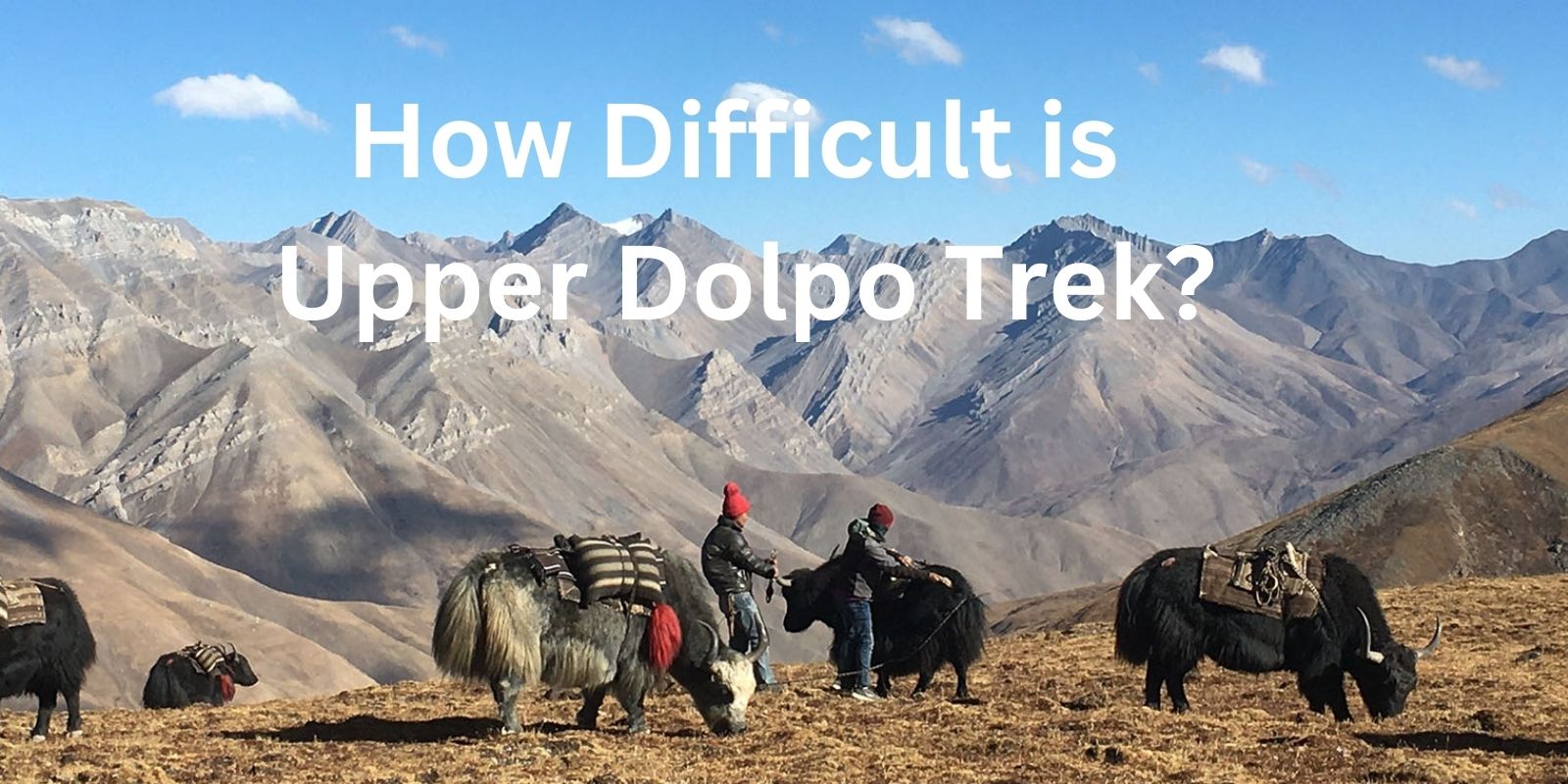
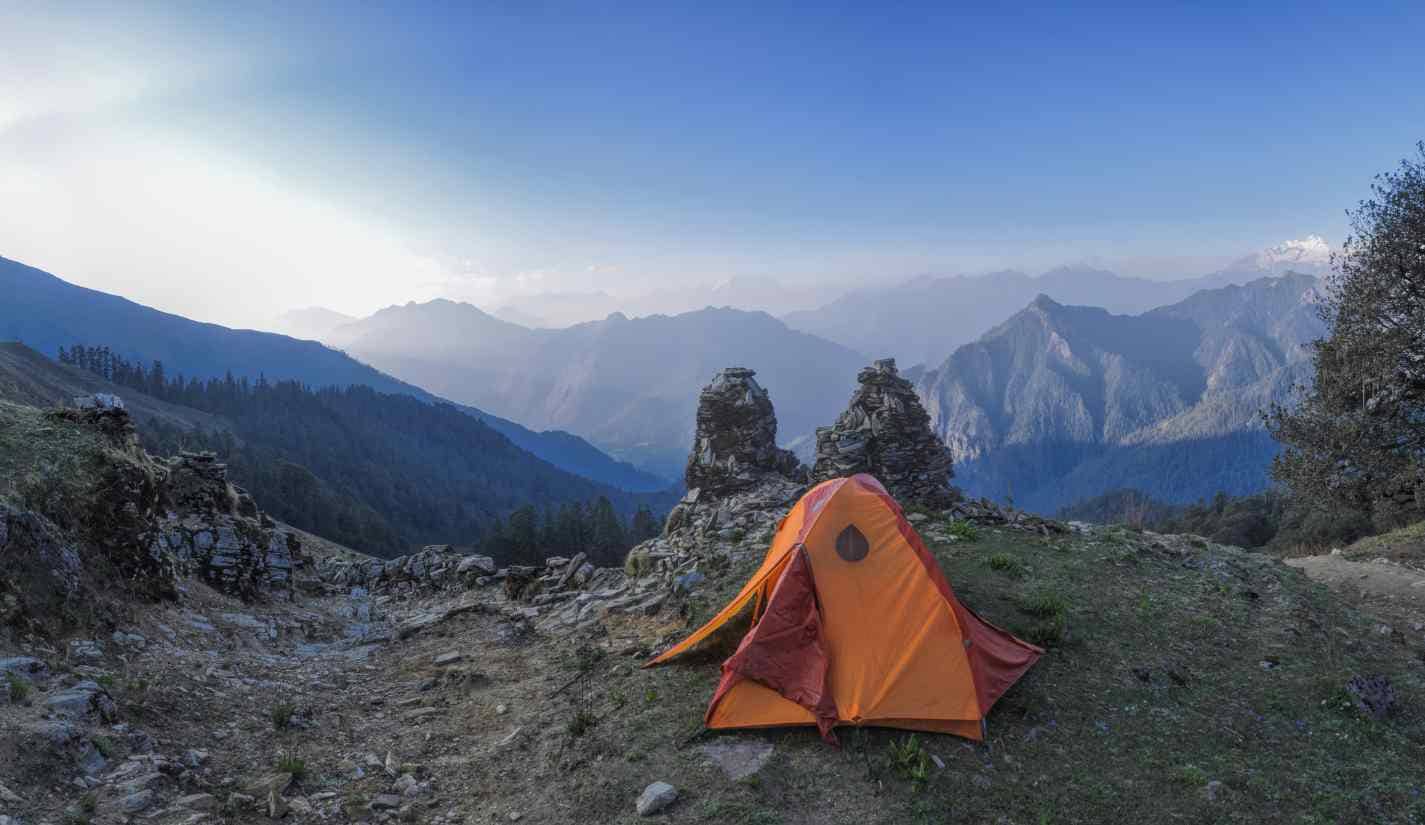
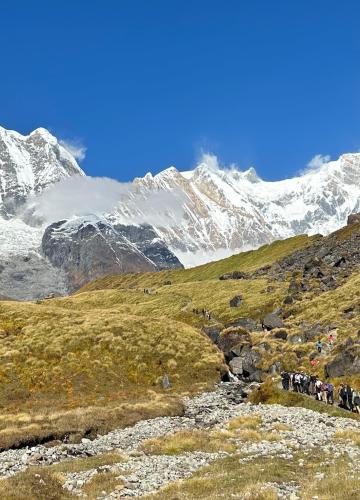
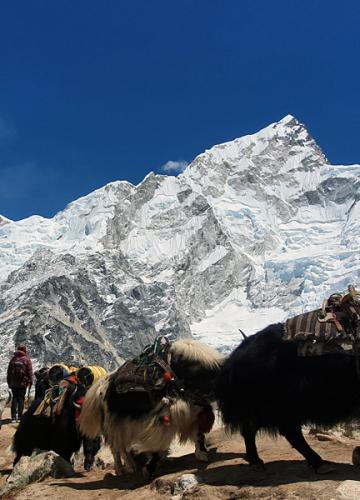
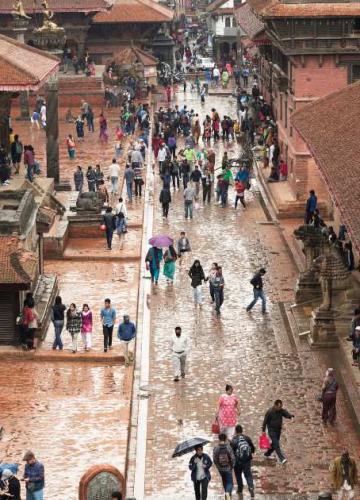
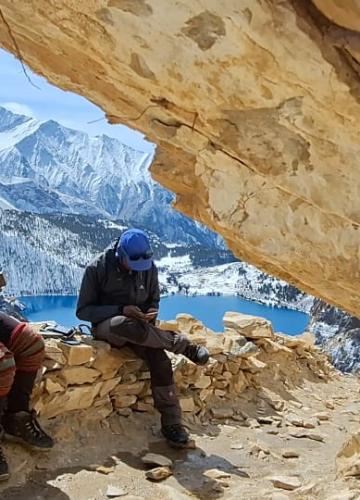
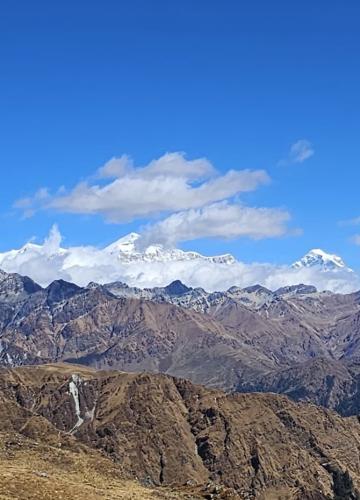
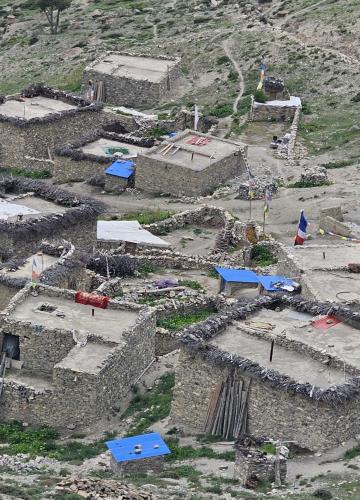

Leave Your Comment